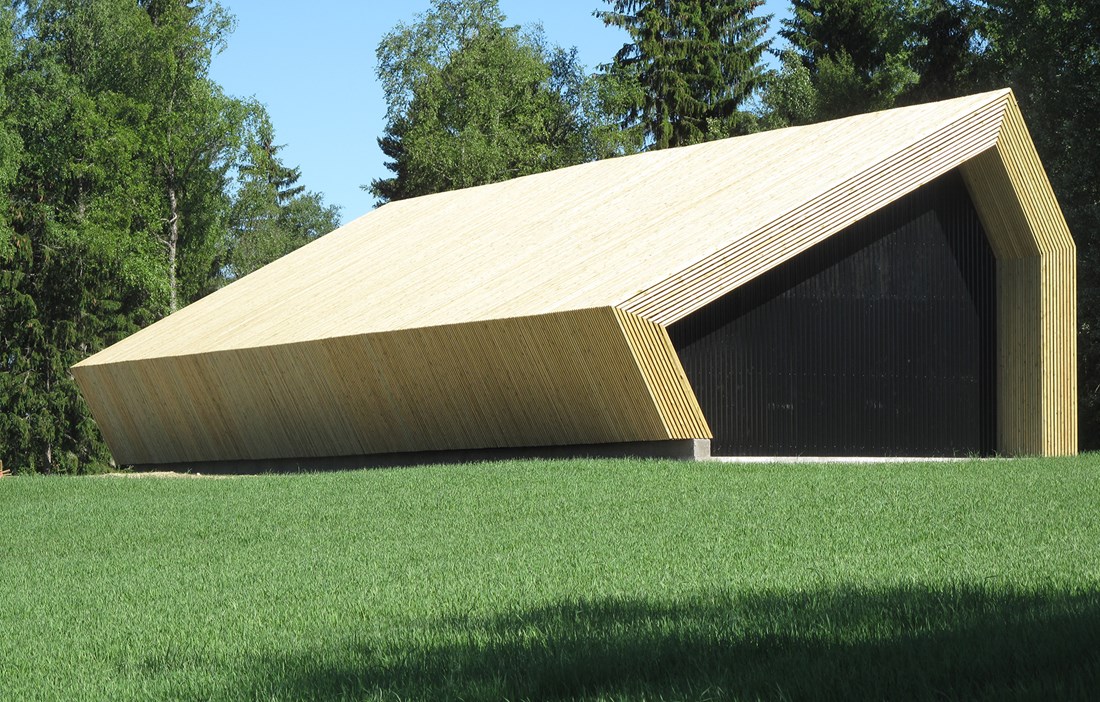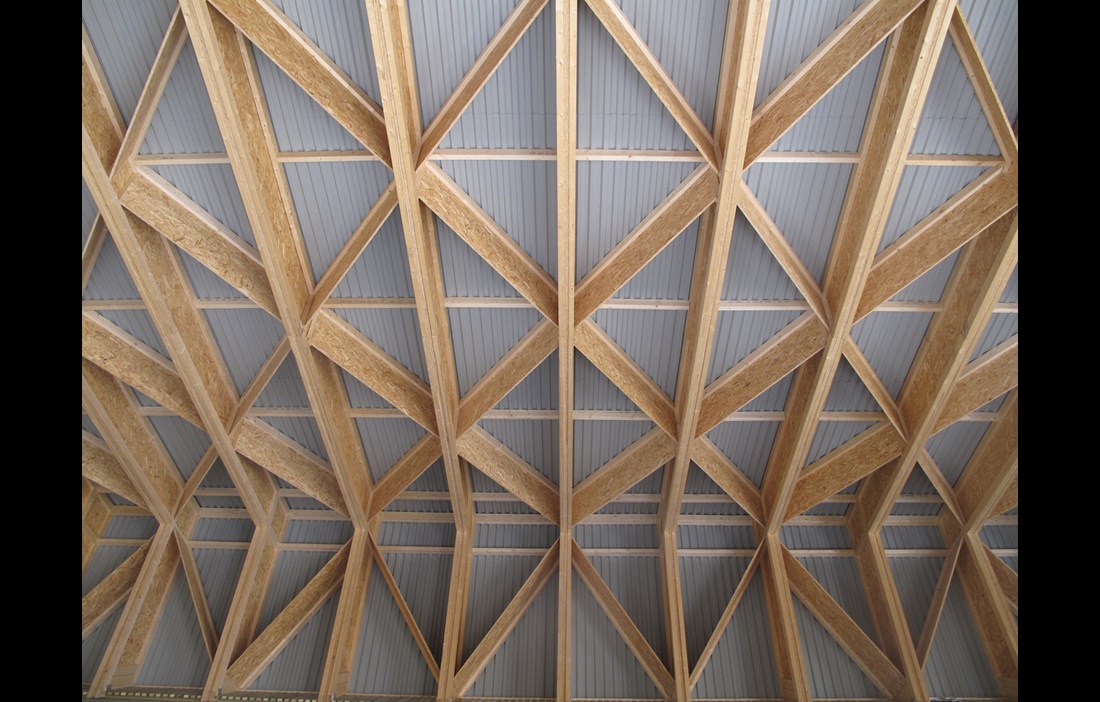A couple of years ago, Statistics Sweden spotted a break in the trendline: more Swedes were moving from than to the biggest cities. Spiralling housing prices nudged the moving vans onto the country roads, but an equally important factor was people’s thirst for nature. For a house and a garden. For a place where the commute between rural home and job in the city can be shorter than a metro ride all the way across town in the rush hour.
And maybe something similar is happening in Norway. In Oslo at least, it’s a necessity. It is one of Europe’s fastest-growing cities, but with its tricky location down in a valley surrounded by mountains, there are very literal limits to its expansion. This is where the project in Nes comes in. The small community north-east of Oslo is one of Norway’s largest grain producers, and in an attempt to take the pressure off Oslo and at the same get help with the agricultural side of things, a smallholdings project has just been launched. Under the scheme people who work in Oslo are offered the chance to buy a house and get a bit of land to farm. The Scarcity and Creativity Studio, SCS – part of the Oslo School of Architecture and Design – was invited to design a barn to kick-start the smallholding project.
“The couple who own the farm where the barn was going to be built have lived there a very long time. The woman was born there, and she told us how she has been sitting at the window looking out at the field ever since she was little. She was therefore very nervous about how the new barn would affect the view. This then became the starting point for the design,” explains Christian Hermansen, who led the project at SCS.
From the couple’s house, the field dips down before rising up again towards the location of the barn. SCS therefore hit on a sloping roof as a way of harmonising with the slope and integrating the barn into the farm’s topography. In addition, the doors have been placed on the back of the barn, facing the forest. In the future, SCS sees the building’s colour darkening and becoming one with the surrounding countryside.
The barn is made almost entirely from wood. The only exceptions are the concrete foundations and the corrugated sheet metal on the ceiling and inner walls for water drainage. The structural frame comprises both OSB sheets and solid spruce timbers. The walls and roof are clad in treated solid spruce, while the interior walls have been left untreated. Using so much wood was an obvious choice for SCS.
“Since all our projects, from drawings to construction, are carried out by architecture students, wood is an excellent fit. It’s a forgiving material that also makes for short construction times. All our projects over the past five or six years have been in wood,” says Christian Hermansen.
All the parts of the barn were made at the school and then assembled on site by the students themselves. It only took five weeks to erect the whole building. The interior is not yet fully finished, as it remains unclear how the “smallholders” who will have access to the barn will want to use the space. One may want to keep horses in their part, and another may not even need their part. A different studio at the Oslo School of Architecture and Design is responsible for the buildings that will sit adjacent to the barn, and work on these is in full swing. Christian Hermansen is optimistic about the project’s future.
“This is something entirely new! There’s nothing like it on the market, so no-one knows how much interest there’ll be in these smallholdings. But I have a feeling demand is going to be high.”
The design studio lets the students take part in the entire building process, from interaction with the clients to drawings and the actual build. They work all over the world, and the next project is a centre for culture and leisure on the Galapagos Islands. The barn, which is part of “Smallholding in Nes”, was completed earlier this year, and once the four eco-buildings that will be located nearby are completed, it will be ready for use.
























